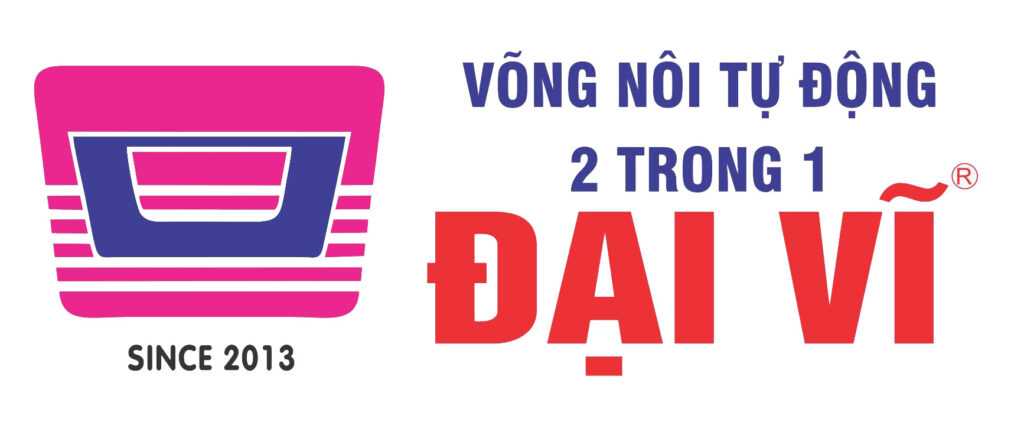acad
Often the Evolution and Future of Primus in Mathematical Education
Primus, an innovative educational tool, is becoming an increasingly significant component of mathematical education over the past few decades. Created as a versatile platform made to enhance mathematical learning through technology, it has evolved from a simple educational software to a robust tool widely used across large schools, universities, and even specialized settings. The impact look at this of Primus on the way mathematics is tutored and understood is serious, offering new methodologies intended for engaging students with subjective mathematical concepts. As engineering continues to shape education, Primus is poised to develop further, influencing the future of mathematics education in ways that are both exciting and transformative.
Typically the evolution of Primus began with a simple yet useful premise: to make learning maths more interactive, accessible, and interesting. Initially, Primus was used as a supplemental tool to enhance standard teaching methods, providing fascinating exercises and simulations that will helped students visualize complex mathematical concepts. It was especially valuable for subjects that will required a high level of hysteria, such as calculus and linear algebra. By enabling students to manipulate equations, graphs, and also geometric figures, Primus helped to bridge the difference between theoretical knowledge along with practical understanding, facilitating a more intuitive approach to problem-solving.
Since the digital landscape evolved, thus did Primus. Over the years, the item incorporated increasingly sophisticated features, allowing for more personalized in addition to adaptive learning experiences. Using the advent of cloud computing, Primus was able to offer students the opportunity to access their learning elements from anywhere, making it a very flexible tool. The platform started to support a wide range of mathematical topics, from algebra and geometry to more advanced fields for example differential equations, number hypothesis, and abstract algebra. By giving detailed step-by-step solutions, Primus became an invaluable resource for students, helping them not only to find out the material but also to understand the main processes that led to the answer.
Moreover, Primus has also fostered a collaborative learning natural environment, allowing students to work together on problems in real time. That collaborative aspect of the platform have been crucial in encouraging peer-to-peer interaction, which is often a main factor in deepening understanding. The opportunity to work with others, share observations, and discuss solutions has transformed Primus into a much more dynamic and social mastering experience. Teachers have also benefited from these features, since the platform allows them to monitor student progress, identify locations where students are struggling, and gives targeted interventions when necessary.
The integration of Primus into math education has had a significant impact on the role of teachers. In traditional settings, arithmetic instruction was often lecture-based, with students passively acquiring information. With the introduction associated with platforms like Primus, typically the role of the teacher possesses shifted towards that of a facilitator. Rather than simply providing content, teachers now focus on guiding students through all their learning processes, helping these people navigate challenges, and delivering insight when needed. This shift has encouraged a more student-centered approach to teaching, where college students take greater responsibility for own learning.
Looking onward, the future of Primus in math education appears promising. Since artificial intelligence (AI) is constantly on the advance, it is likely that Primus will probably incorporate more sophisticated AI-driven features. These features could incorporate adaptive learning algorithms which respond to individual students’ desires in real time, offering personalized problem sets and explanations focused on each student’s learning rate and style. This ability to personalize the learning experience based on a student’s specific strengths and weaknesses could possibly significantly enhance the effectiveness in the platform, making learning extremely effective and tailored.
Another potential development is the integration of augmented reality (AR) and also virtual reality (VR) technologies into Primus. These systems could offer even more immersive methods to interact with mathematical concepts, especially in areas like geometry and topology, where spatial reasoning is crucial. For example , utilizing VR, students could “walk through” three-dimensional shapes, interact with mathematical models, or discover abstract concepts in a considerably more tangible way. This kind of involvement could deepen students’ comprehending by providing them with a more hands-on, visual experience that standard methods cannot replicate.
As well as these technological advancements, Primus is likely to continue expanding it has the global reach, offering much more localized content for diversified student populations around the world. Since the world becomes increasingly interconnected, platforms like Primus are going to be essential in providing good quality education to students regardless of geographical location. With more languages along with cultural contexts integrated into system, Primus can become a truly world educational resource, democratizing entry to high-quality mathematics education.
Often the incorporation of Primus in to higher education settings also has the to transform research and cooperation within the academic community. Because mathematics departments around the world accept digital tools, Primus may facilitate collaborative research projects over institutions, fostering a more interconnected global research community. By streamlining the process of sharing records, models, and research results, Primus could become a core hub for mathematical effort, supporting both teaching as well as research efforts simultaneously.
In spite of its many successes, innovations in Primus is not without issues. As with any technological tool, you will find concerns about equity and also access, particularly for students within underserved regions who may well not have reliable internet access as well as necessary devices to use the working platform. Ensuring that all students have got equal access to Primus along with similar educational technologies will be essential in making sure that the advantages of these tools are realized universally. Additionally , the rapid speed of technological change shows that Primus will need to continuously debut to stay ahead of the curve, having to new advancements throughout technology and changes in educative needs.
Primus has already confirmed its potential to reshape math education by making learning far more interactive, engaging, and accessible. Looking forward, its future presents itself bright, with exciting breakthroughs on the horizon. As technology remain evolve, so too will Primus, offering students and school staff innovative ways to engage with math, enhance understanding, and instill a deeper appreciation for that subject. The continued progress Primus will play a vital role in the future of mathematics education, ensuring that it continues to be relevant and effective within meeting the needs of the subsequent generation of learners.




